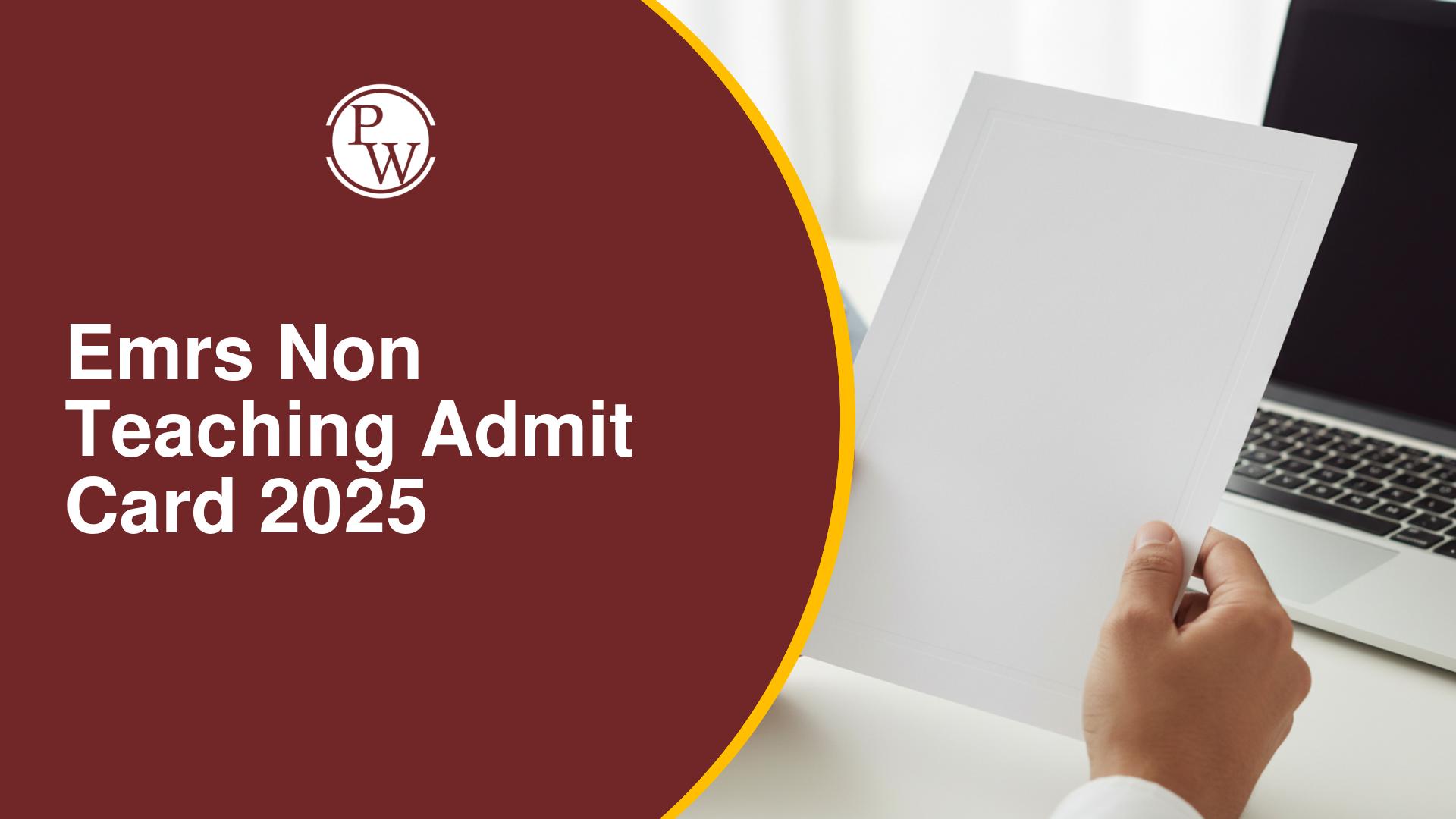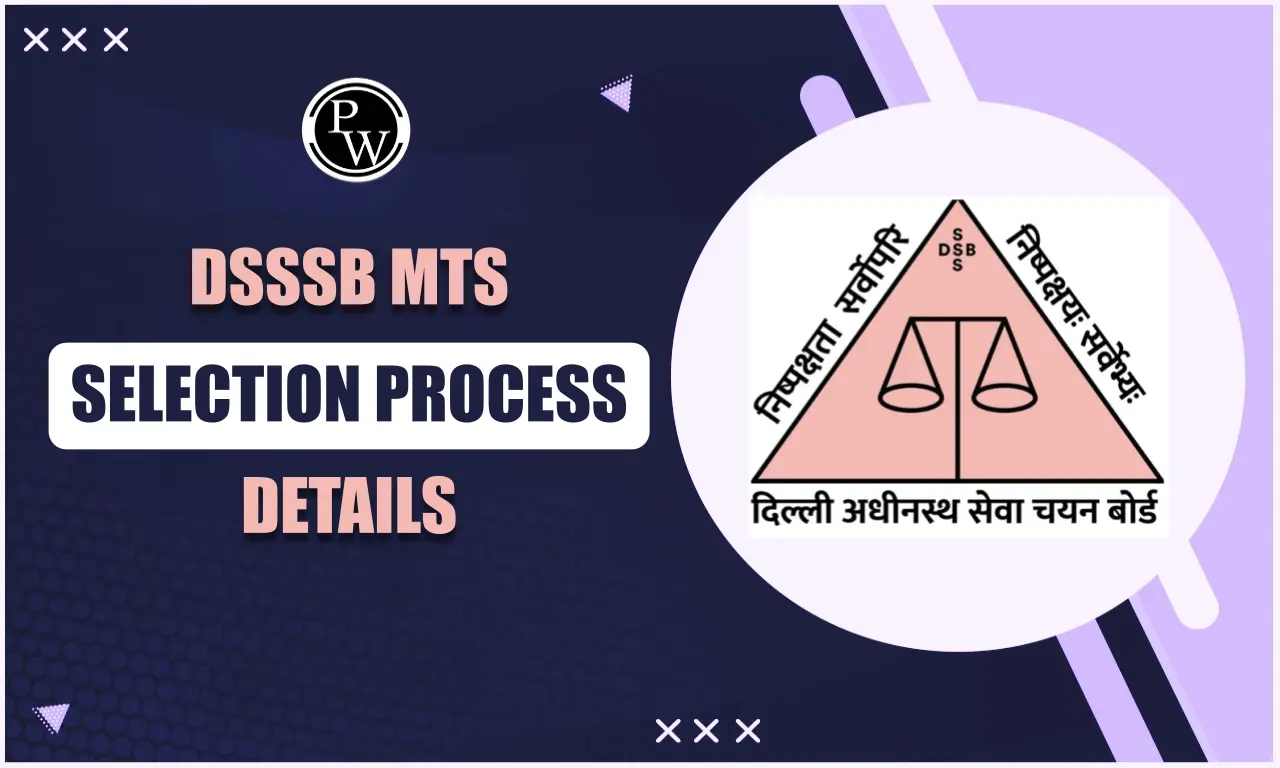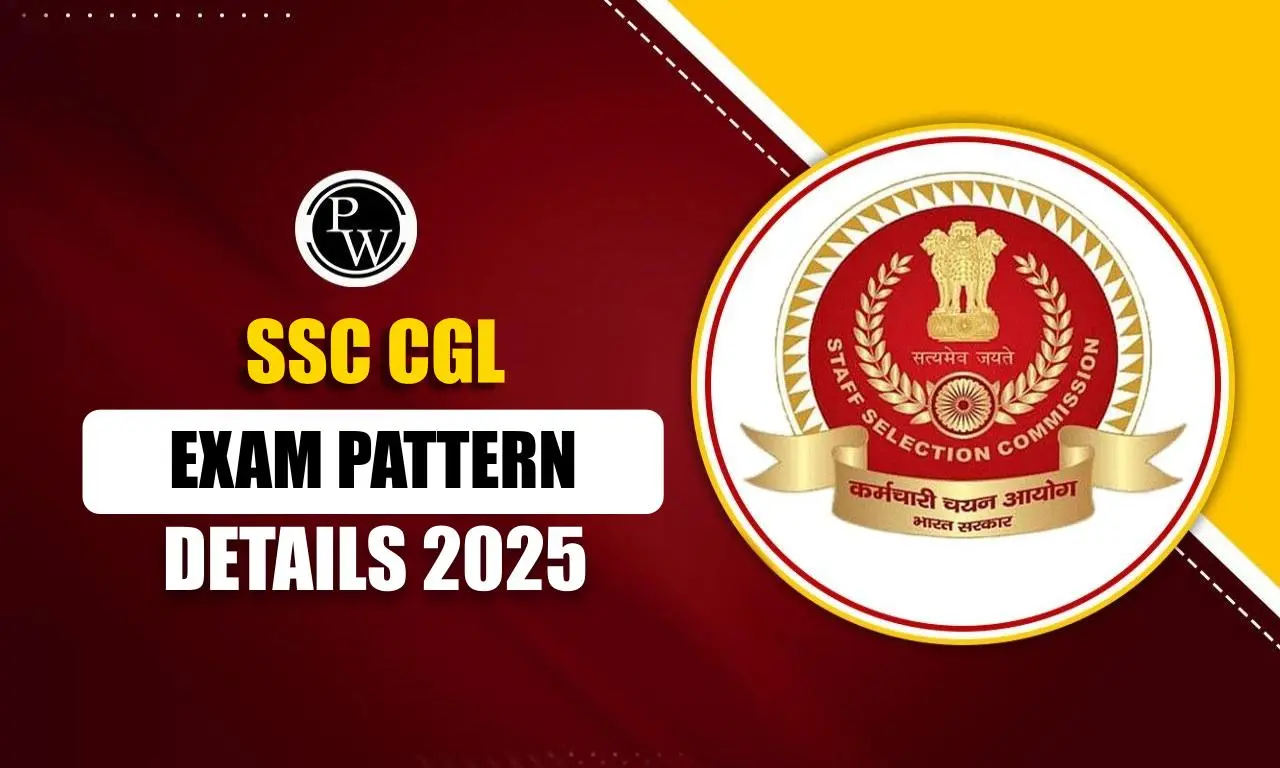
10 Common Preparation Tips for SSC CGL Maths Section: Maths is a crucial part of the SSC CGL exam, as it is asked in both Tier 1 and Tier 2. The Quantitative Aptitude section can significantly affect your overall score and rank. Many aspirants find it challenging because the questions test both speed and conceptual clarity. To help candidates approach this section, we have compiled 10 detailed preparation strategies. These tips are designed to guide beginners as well as experienced candidates in enhancing their performance in the Maths section of SSC CGL.
10 Common Preparation Tips for SSC CGL Maths Section
SSC CGL Maths section requires conceptual clarity, time-bound practice, and revision. Focus on understanding fundamentals, improving calculation speed, and solving mock tests regularly. With a disciplined approach and effort, you can turn this scoring section into your strongest asset in the SSC CGL exam.
Understand SSC CGL Maths Syllabus
Before beginning your SSC CGL Maths preparation, it's essential to become familiar with the complete SSC CGL Maths syllabus. The Quantitative Aptitude section is divided into several topics based on arithmetic, algebra, geometry, trigonometry, and data interpretation. Understanding the syllabus helps in prioritizing topics based on weightage and difficulty.
|
Major Topics in SSC CGL Maths Syllabus |
|
|
Section |
Key Topics |
|
Arithmetic |
Percentage, Profit and Loss, Ratio, SI & CI, Time & Work, Time-Speed-Distance |
|
Algebra |
Simplification, Linear & Quadratic Equations |
|
Geometry & Mensuration |
Triangles, Circles, Area, Volume, Surface Area |
|
Trigonometry |
Heights and Distances, Basic Ratios |
|
Data Interpretation |
Pie Charts, Bar Graphs, Line Graphs |
Build Strong Foundation of Concepts
SSC CGL Maths preparation must start with strengthening your concepts. Students often rush to solve questions without having clear basics, which leads to errors and confusion in the exam. Use standard school-level books such as NCERTs (Class 6–10) to revise core concepts. Ensure you understand why a formula works, not just how to apply it. This step is especially important in arithmetic topics like percentage and ratio, which form the base of other topics such as data interpretation and profit-loss. Conceptual clarity also helps in solving advanced-level problems, especially in Tier 2, where questions are more difficult.
Prepare Topic-Wise with Planned Approach
Divide your SSC CGL Maths preparation topic-wise. Focus on one topic at a time and prepare it before moving to the next. This prevents confusion and helps you track your progress. For each topic:
- Study theory and understand formulas
- Solve basic-level questions
- Practice a set of mixed-level questions
- Attempt questions from the SSC CGL previous papers
Maintain Formula and Tricks Notebook
A separate formula notebook is important for SSC CGL Maths preparation. It serves as a quick revision guide during mock tests and the final days before the exam. Write all important formulas, shortcuts, and tricks in an organized manner under each topic. This will reduce your revision time and help you retain concepts better. Keep updating this notebook with new tricks and revise it regularly.
|
Geometry Formula Notes |
||
|
Shape |
Area Formula |
Perimeter Formula |
|
Triangle |
½ × base × height |
Sum of all sides |
|
Rectangle |
Length × Breadth |
2 × (Length + Breadth) |
|
Circle |
π × r² |
2 × π × r |
Learn Shortcuts After Understanding Basics
After building your concepts, focus on learning shortcut techniques to save time during the exam. These include mental math strategies, approximation techniques, and Vedic maths tricks. Shortcuts are particularly useful for:
- Simplification
- Squares and cubes
- Percentage calculations
- Ratio and Proportion
However, avoid using shortcuts without understanding the logic. Relying solely on tricks without clarity often leads to mistakes, especially in complex problems.
Practice SSC CGL Maths Mock Tests Regularly
Mock tests are an important part of SSC CGL Maths preparation. They help you practice in the real environment and improve your time management skills. Mock tests also help you understand question patterns and improve your problem-solving speed. Start with one mock test per week and gradually increase it to 2–3 per week as the exam approaches. Focus on completing the Maths section within the exam time and with maximum accuracy. After each test:
- Analyze your mistakes
- Identify topics where you’re weak
- Revise those topics and attempt again
Solve Previous Year SSC CGL Maths Papers
Solving previous year papers is the best way to understand the exam's actual question format and difficulty level. It gives insights into which topics are frequently asked and which can be given less priority. Try to solve at least the last 5 years' SSC CGL Maths questions for both Tier 1 and Tier 2. This also helps in improving your familiarity with tricky questions.
|
Benefits of Solving Previous Year Papers |
|
|
Benefit |
Explanation |
|
Pattern Familiarity |
Understand how questions are structured |
|
Trend Analysis |
Know which topics appear frequently |
|
Difficulty Level Assessment |
Practice as per actual exam difficulty |
|
Time Management Improvement |
Practice completing sections under pressure |
Focus on Improving Calculation Speed
Fast and accurate calculations are important in the SSC CGL Maths section. Many students fail to finish the paper because they take too long on basic computations. Daily practice is essential for improving calculation speed. Focus on:
- Multiplication tables up to 30
- Squares up to 30
- Cubes up to 20
- Common fraction-to-percentage conversions
Revise Weekly Without Fail
Revision is a non-negotiable part of SSC CGL Maths preparation. Many aspirants keep learning new topics but forget to revise what they’ve already studied, leading to confusion during the exam. Create a weekly revision schedule. Spend one day every week revising all formulas, notes, and previously solved questions. Use your formula notebook and error book to revisit key points. During revision:
- Focus on weak topics
- Solve 15–20 mixed questions per topic
- Re-attempt questions you got wrong in mocks
Stay Consistent During Preparation
SSC CGL Maths preparation requires consistency and patience. You may not see improvement in the first few weeks, but regular practice will show results over time. Avoid comparing your performance with others. Stay focused on your progress. Track your scores in mock tests and identify your improvement areas. Set realistic daily goals such as:
- Solve 30 questions from one topic
- Revise formulas for 15 minutes
- Attempt one mock section
Hope these 10 Common Preparation Tips for SSC CGL Maths Section will be helpful for you. PW provides SSC exam content, including SSC Exam Blogs, sample papers, mock tests, guidance sessions, and more. Also, enroll today on SSC Online Coaching for preparation.
10 Common Preparation Tips for SSC CGL Maths FAQs
What is the level of maths in SSC CGL exam?
How can I increase speed in SSC CGL maths?
Which topics are most important for SSC CGL maths?
How many hours should I study maths daily for SSC CGL?










